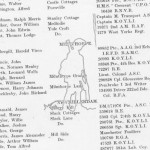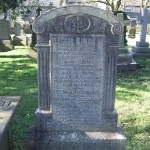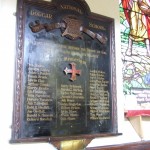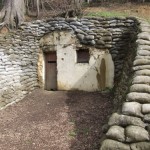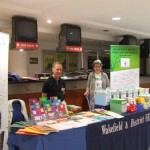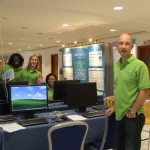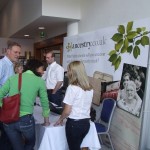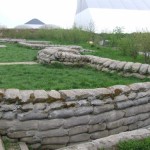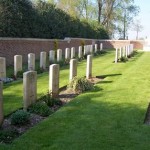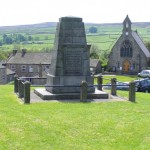If you mention the name Andrew Moynihan to anyone, do you think they will know of him? Was he a criminal? Was he a business man? What is his connection to Wakefield? Well, who was he?
As Ancestry have included a database of Victoria Cross Recipients on their vast website – wonderful I thought as it could help me with additional information when transcribing war memorials for my website. So, to see who is there – a search with no criteria completed except the place, Wakefield. To my surprise only one entry, Andrew Moynihan – lets go looking for him. From his Ancestry entry I know he was born in Wakefield, in Saw Yard to be exact, in January of 1830 but could not find a baptism for him, He could possibly have been a Catholic so would more than likely still be held by the church, not to worry. A search of FamilySearch soon came up with the goods – 14 March 1830 in St Austins Catholic Church, Wakefield with parents Malechy Monaghen and Ann. So on to the census of 1851 with his name, year of birth +/- 5 and his town of birth, Wakefield – again no joy. Various search information was included and excluded, ending up with Andrew and Wakefield but still no entry for him.
One not to be beaten I googled him and came up with a site for Manchester people which did shed a little bit of light on him – the family moved to Dunkinfield when Andrew was a young child. My search now went to the other side of the Pennines. His early life seems to be a little mysterious but some sources say he worked in a couple of local mills and worshipped at a local Methodist Church.
At 17 years old he enlisted in the 90th Regiment of Perthshire Volunteers, who at the time were stationed in Ashton. Aged 23, on the 31 December 1853, and with his name now being spelt Moyniham, he married Ellen Parkin in Ashton Parish Church. With the outbreak of the Crimean War in 1854, Andrew and many others were sent to fight the Russians. The following year he was awarded the Victoria Cross.
His citation in the London Gazette for 24th February 1857 states : Ensign Andrew Moynihan (note change of spelling), 8th Regiment, late of the 90th Regiment. When Serjeant, 90th Light Infantry, at the assault of the Redan, 8th September 1855, he personally encountered and killed five Russians. Rescued from near the Redan a wounded officer, under heavy fire.
The initial attack on the Redan Fortress at Sebastapol failed but Andrew’s actions made further attacks possible. Despite heavy Russian fire and being driven back numerous times Andrew re-entered a building to rescue an officer but was wounded and taken prisoner. The British were repeatedly pushed back to their trenches but further attacks enabled him to escape and save a wounded soldier despite his own injuries – Various reports say that he had 12 wounds by the end of the day.
A hero’s welcome greeted him on his return home to Dunkinfield and various presentations were made to him but in 1857 he received from Queen Victoria his Victoria Cross.
Andrew later served in Ireland, the Indian Mutiny, Gibraltar and Malta and it was in Malta in 1867 that he died of Typhoid Fever at his home in Floriana, and rests in La Braxia Cemetery (Section S, Grave 182). He is also mentioned in memorium on the headstone of his daughter, Ada, in Lawnswood Cemetery, Leeds.
Although, Andrew did not stay in Wakefield for very long at least we can say he was born within our city boundary.
Footnote – Wikipedia has an entry for Berkeley George Andrew Moynihan, who is listed as the son of Andrew. He moved with his mother to Leeds, where he was educated and later educated at the Blue Coat School, London and later at the Royal Naval School. He returned to Leeds to study medicine and joined the Leeds General Infirmary as a house surgeon, reaching the height of consulting surgeon in 1927. During WW1 he was on the Army Advisory Board and by the end of the war held the rank of major general. He also served as President of the Royal College of Surgeons. He was knighted in 1912 and created Baronet of Carr Manor in 1922. In 1929 he wa raised to the peerage as Baron Moynihan of Leeds.
Sources :-
Ancestry
Civilian and Military heroes of Manchester
FamilySearch
Wikipedia
Blue Plaque tribute to Andrew Moynihan
